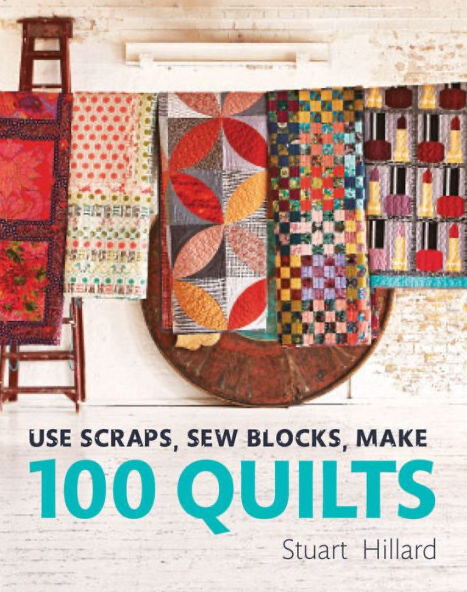The Amazement Zone
I need to come up for air today and take care of some paperwork and errands. I spent most of yesterday working on the Big Top quilt. Designing something—be it a sweater or a quilt—is a process fraught with a rollercoaster of emotions: excitement at beginning something new, dismay when an idea doesn’t pan out as envisioned, a sense of accomplishment at overcoming an obstacle, and a bit of amazement when the whole thing comes together in the end. I was in the amazement zone yesterday and wanted to stay there as long as possible.
I’ve been watching a lot of podcasts/YouTube videos, especially A Quilting Life, which is the weekly podcast by Sherri McConnell of A Quilting Life and her daughter, Chelsi Stratton, of Chelsi Stratton Designs. I love to hear designers talk about how they design and how they sew. I am especially impressed by designers who have a vision and know how to get from that vision to a finished product because I tend to operate by the seat of my pants. I have never designed a quilt by figuring out exactly what I need, cutting all the pieces, and sewing all the blocks. With this Big Top quilt, I pulled out all my reproduction feed sack fabric and some background yardage and started by cutting enough pieces for enough blocks to determine if my idea was workable or not. When I ran out of one print, I switched to another. When I needed more pieces, I cut them. I put everything up on my design wall and moved units around. I did the same thing with Noon and Night and with Cobbles.
My way isn’t better or worse; it’s just what works for me. I think it’s also why I don’t like to design in EQ8. Would EQ8 have told me that the loud navy blue print became sedate and well-behaved when I paired it with a medium-blue floral? Nope. I had to move it around several times to figure out where it belonged (and then I added a bit more of it). The entire construction process for this quilt has evolved as well. The original quilt had one kind of block, which became another kind of block, which became two separate blocks dependent on a specific layout. And that, by extension, has dictated how I plan to present this pattern. CAD software is good for some things, but not for everything (or every designing style). Ask the husband some time about his experiences with architects’ foundation plans in the real world. He will tell you that 23’ 5/16” might be the measurement the computer spits out, but he can’t form that.
I am also thinking of this book:
I like Stuart Hillard a lot—he has some great YouTube videos. The Amazon reviews for this book, however, seems to indicate that many of the designs were created virtually and never tested by making up a real quilt, and there are problems with the instructions as a result.
It is what it is. I am 55 years old and unlikely to change my ways now. I suspect that the reason so many designers design in EQ8 and stick to less complicated designs is because they are working with fabric companies and are required to produce two fabric lines a year with a dozen projects made from each line. That doesn’t leave a lot of time for experimentation.
Big Top isn’t going to be a huge quilt, just because I don’t really want to make any more blocks. After 80+ Drunkard’s Path units, I am really good at sewing curves. Really good. So good that I should probably design something else with curved piecing. For now, though, I need to add setting and corner triangles to what I have pieced so far, then put on a border or two and get it quilted.
This is design #3 for 2021 for anyone keeping score. My goal was four designs for this year. At the rate I’m uncovering quilt blocks left and right in my research, I’ll have plenty of ideas to work with. I can’t believe some of them have never been used in a design, or at least designs that I can find with Pinterest or a Google image search.


